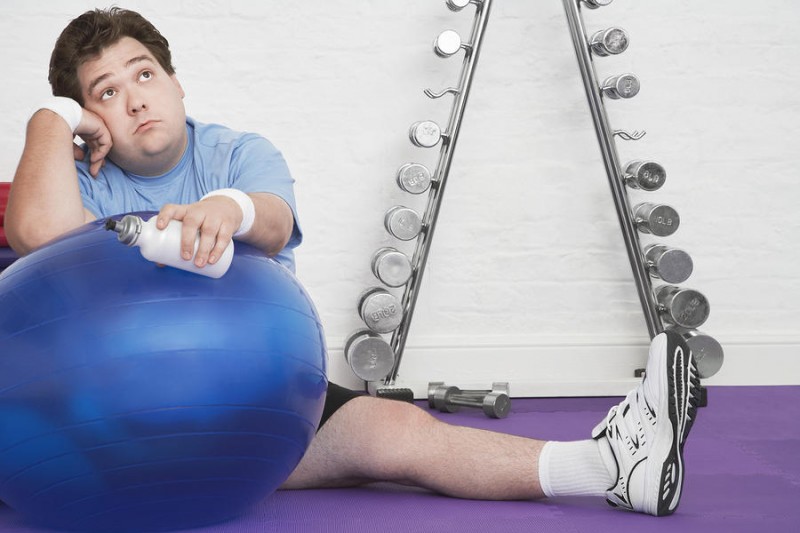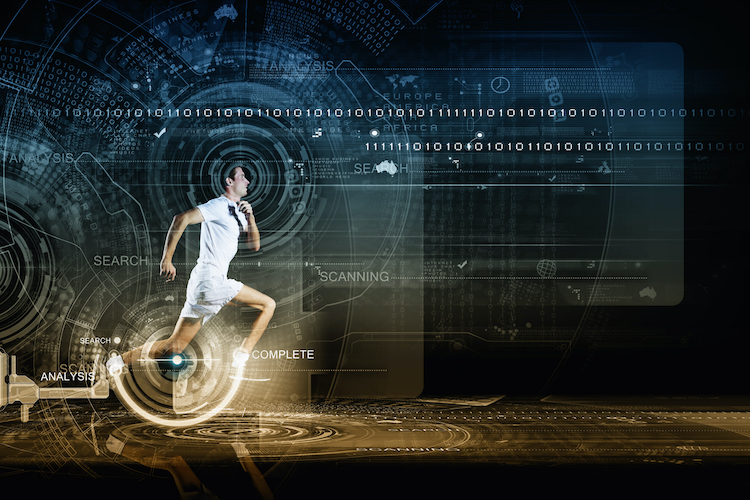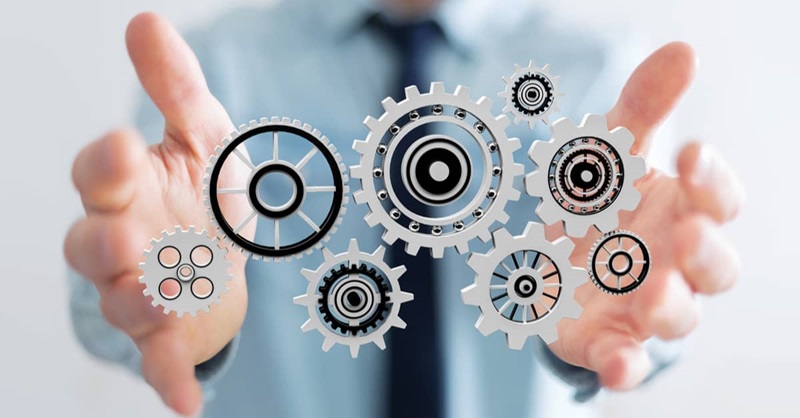Blog
-
Rebuilding Skill: The Foundation of Human Performance

By Coach J
When we talk about performance—whether it’s athletic, recreational, or everyday movement—we have to begin with one critical word:
Skill.
At Aruka, I define skill as the learned power of doing something competently. It’s not about raw talent—it’s about mastery earned through practice, presence, and precision. It’s about being able to move your body with intention, control, and confidence.
Without skill, strength is incomplete.
Without skill, speed has no direction.
Without skill, endurance becomes inefficiency.So at Aruka, we rebuild.
And we restore.Movement Skills for Life
Over the course of my coaching career, I’ve watched people chase fitness goals—lift heavier, run faster, train harder—without ever learning how to move well. That’s why Aruka focuses on what I call the Movement Skills for Life:
Balance, Walk, Run, Sprint, Jump, Skip, Hop, Shuffle/Slide, Throw, Catch, Strike, Kick
These 12 skills form the foundation of all human movement. They’re the building blocks of performance, coordination, and long-term physical health. Most of us learned them as kids—often incorrectly. All of these can be viewed as perishable skills. In other words, if you don’t use them, you lose them. This is the current state of many adults.
The Truth About Skill Breakdown
Let’s be honest—21st-century living isn’t built around movement. It’s built around comfort, convenience, and screens. The result? Skill breakdown.
We don’t move because we can’t move well.
And we can’t move well because no one ever taught us how.This is more than just a movement issue. It’s a health issue.
Poor skill execution leads to:
- Joint and tissue breakdown
- Chronic injury patterns
- Loss of coordination and brain-body connection
- Decreased confidence and physical freedom
That’s why I believe skill development is non-negotiable—for kids, adults, athletes, and everyone in between.
Skill Must Come Before Strength
Before you load a squat bar, before you jump into high-intensity workouts, you need to ask a simple question:
Can I move well?
Most people never ask it. Most programs never address it. But at Aruka, this is where we start. Skill-first programming is our foundation.
When skill is present:
- Strength becomes safer and more effective
- Endurance becomes purposeful
- Speed becomes functional
- Recovery becomes faster
Skill isn’t optional. It’s the currency of performance.
Assessing Movement IQ
We don’t guess at Aruka—we assess.
That’s why we use the Movement IQ Screen, a tool I created to evaluate your ability to perform the Movement Skills for Life.These screens help us:
- Detect movement dysfunction
- Uncover asymmetries
- Pinpoint inefficiencies
- Create personalized plans for rebuilding
When your Movement IQ rises:
- Pain drops
- Confidence rises
- Performance improves
And I’ve seen it happen across every population—from elite athletes to those just trying to reclaim the ability to move freely again.
Skill Builds the Brain Too
This isn’t just about muscles—it’s about your mind.
Every time you learn or improve a movement skill, your brain is actively creating and strengthening neural pathways. This is neuroplasticity in action—the rewiring of your brain through physical learning.
I call this integration Athletic Neurogenics:
A system that brings skill, cognition, and movement together.It’s especially powerful for:
- Youth developing coordination
- Adults recovering from injury
- Older populations seeking longevity
- Athletes sharpening their edge
Skill Is for Everyone
It doesn’t matter who you are or where you’re starting.
If you’re a 10-year-old learning to move, a 35-year-old trying to reclaim your health, or a 60-year-old preparing for the next chapter—Skill is your foundation.
And foundation is what we rebuild. -
Motion Therapy: The Fix for Dysfunctional Movement

By Coach J
In the last article, I talked about the movement crisis—how dysfunction shows up in our bodies due to poor mechanics, compensations, and a lack of movement education. It’s real, it’s widespread, and it’s costing us health, performance, and freedom.
The good news? We can fix it. That’s where Motion Therapy comes in.
Why We Need a Fix
Let’s be clear: you can’t out-train dysfunction.
You can’t foam roll your way out of chronic pain.
And you definitely can’t throw random exercises at broken movement patterns and hope for the best.Dysfunction requires a plan—a system. That system is Motion Therapy.
What Is Motion Therapy?
Motion Therapy is the Aruka solution to movement dysfunction. It’s a method I developed through decades of working with athletes, therapists, and everyday movers. It addresses the root of faulty movement and helps restore proper function through a strategic three-part approach:
1. Corrective Exercises
These aren’t just light movements or fancy warm-ups.
They are targeted drills designed to:- Rewire poor patterns
- Reinforce proper mechanics
- Reactivate muscles that have gone “offline”
- Rebuild control, range, and stability
Think of it as teaching the body how to move again—with precision.
2. Therapeutic Interventions
Sometimes dysfunction stems from deeper issues—pain, inflammation, structural limitations. That’s where collaboration with therapists, chiropractors, and medical professionals comes in. These interventions may include:
- Soft tissue work
- Joint mobilizations
- Manual therapy
- Neuromuscular re-education
When needed, these therapies validate the effectiveness of corrective work and ensure the body is primed for real change.
3. Mobilizations
Without proper range of motion, good movement can’t happen. Mobilizations help:
- Open up tight joints
- Restore functional flexibility
- Create space for efficient motion
- Improve circulation and movement fluidity
Mobilizations aren’t about becoming more flexible for the sake of it—they’re about restoring freedom in movement.
Who Needs Motion Therapy?
Everyone.
That’s not an exaggeration.
If you sit for hours a day, if you’ve ever had an injury, if you’ve trained without skill focus, if you’ve experienced recurring pain—you need Motion Therapy.
I’ve used it with:
- Pro athletes returning from ACL surgery
- Grandparents who want to get off the floor with ease
- Young athletes learning to run properly
- Weekend warriors fighting through shoulder pain
- Office workers with tight hips and neck tension
Motion Therapy is not limited to the injured. It’s for the underperforming, the misaligned, and the overcompensating.
Why It Works
Because it meets people where they are.
It addresses the real problem instead of masking symptoms.
It restores function before force.And that’s the key.
Too many programs try to build power on top of dysfunction. That’s like building a house on a cracked foundation—it may look strong, but it won’t last.
With Motion Therapy, we rebuild the base—movement by movement, joint by joint, pattern by pattern.
The Role of Assessment
Motion Therapy doesn’t begin with movement—it begins with assessment.
Through tools like:
- The Aruka Movement IQ Screen
- The Injury Risk Analysis
- Functional range and control evaluations
…we discover what needs to be addressed.
We don’t guess.
We observe, analyze, and prescribe with purpose.That’s the difference between training hard and training smart.
Restoration Is Performance
Some might look at Motion Therapy and think it’s “just rehab.”
But here’s the truth:Restoration is a performance strategy.
When you restore movement, you unlock:
- More efficient strength
- Safer speed
- Greater endurance
- Less inflammation
- More freedom in life and sport
This is where performance begins—not in the weight room, but in the foundational mechanics of the human body.
Living Up to Our Name
Remember, Aruka is based on the Hebrew word Arukah—which means to rebuild and restore. That’s not just a philosophy. It’s a process.
Motion Therapy is one of the most powerful expressions of that process.
It’s how we take someone from dysfunction to function… and from function to performance.And we do it with intention, wisdom, and skill.
What’s Next?
In the next article, I’ll break down the Three Big Rocks of Aruka Performance—the pillars every training system should be built on:
- Skill Mastery
- Bio-Motor Ability Enhancement
- Movement & Athletic Neurogenics
If you want to build a complete, intelligent, and lasting performance model—you won’t want to miss it.
Until then, remember this:
Pain is a signal. Dysfunction is a warning. Motion Therapy is the fix.
Let’s restore what was lost—together. -
Aruka: Defining the Process of Rebuilding and Restoring

The word Aruka is more than just a name. It is derived from the Hebrew word Arukah, which means “rebuild” and “restore.” In Scripture, Arukah is often used in the context of healing and recovery. In Jeremiah 33:6, the Lord declares, “Behold, I will bring it health and healing, and I will heal them and reveal to them the abundance of peace and truth.” The word for “healing” here is Arukah — signaling a deep, complete restoration of both body and spirit.
In the 21st century, this message is not only relevant—it’s essential.
The Need for Rebuilding and Restoring
Today, our society is physically broken in many ways. Decades of sedentary living, screen addiction, and disconnection from natural movement have created a widespread condition we call movement and physical skill illiteracy.
Most individuals have not learned to move well, and many have unknowingly developed poor compensatory habits due to pain, injury, or neglect. Our bodies are built to move, but in many cases, that innate capacity has been dulled. It must be rebuilt. It must be restored.
Why We Assess
Before you can fix a problem, you have to see it clearly. That’s why the Aruka process begins with assessment—we evaluate movement patterns and detect dysfunction. You can’t build performance on a shaky foundation. You must first stabilize the base.
Motion Therapy: The Pathway to Restoration
Once dysfunctions are identified, we introduce Motion Therapy—our system of recovery and realignment. This includes:
- Corrective Exercise: Designed to re-educate the body on how to move correctly.
- Therapeutic Interventions: To address pain and compensations.
- Mobilizations: To increase range of motion and restore fluidity.
This is not just rehab—it’s a reawakening of the body’s original design. It’s Aruka in motion.
Skill Is the Foundation of Performance
Too many fitness models focus on intensity, load, or output—before the individual has even mastered how to move. At Aruka, we believe skill performance must come first.
You can have strength, speed, and endurance, but unless these are expressed through movement competency, they are incomplete. We call these the bio-motor abilities, and they cannot be fully developed or sustained without skill execution.
So, again, we rebuild. We restore.
The Three Big Rocks of Aruka Performance
Everything we do is built around three core pillars:
- Skill Mastery – The cornerstone of sustainable, lifelong performance.
- Bio-Motor Ability Enhancement – Strength, speed, endurance, coordination, and agility built on a sound skill foundation.
- Movement and Athletic Neurogenics – Training that combines cognitive tasks with physical movement to rewire the brain-body connection.
These three elements ensure that Aruka isn’t just a training system—it’s a reprogramming of how we think about fitness, health, and human performance.
Return to Play: Healing the Broken
For those coming back from injury, Aruka has developed an advanced Return to Play (RTP) protocol. Launching in Summer 2025, these protocols are built to rebuild and restore the injured individual back to full performance. Our R6 RTP Model walks clients through a structured timeline from pain to power—ensuring no step is skipped and every aspect of the healing process is addressed.
Aruka Lives Up to Its Name
Rebuild. Restore. Repeat.
This is the Aruka Process, and it’s more than a methodology—it’s a mission.
We live in a time where people are broken physically, mentally, and emotionally. But through assessment, Motion Therapy, skill training, and a redefined path toward performance, healing is not only possible—it’s a proactive journey.
Join us and let’s make the journey together!